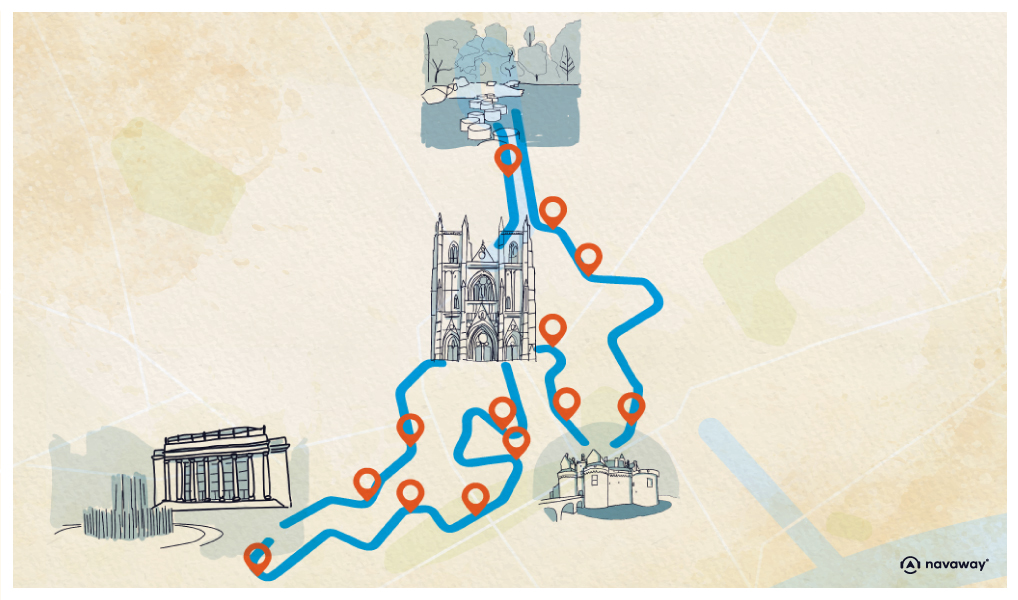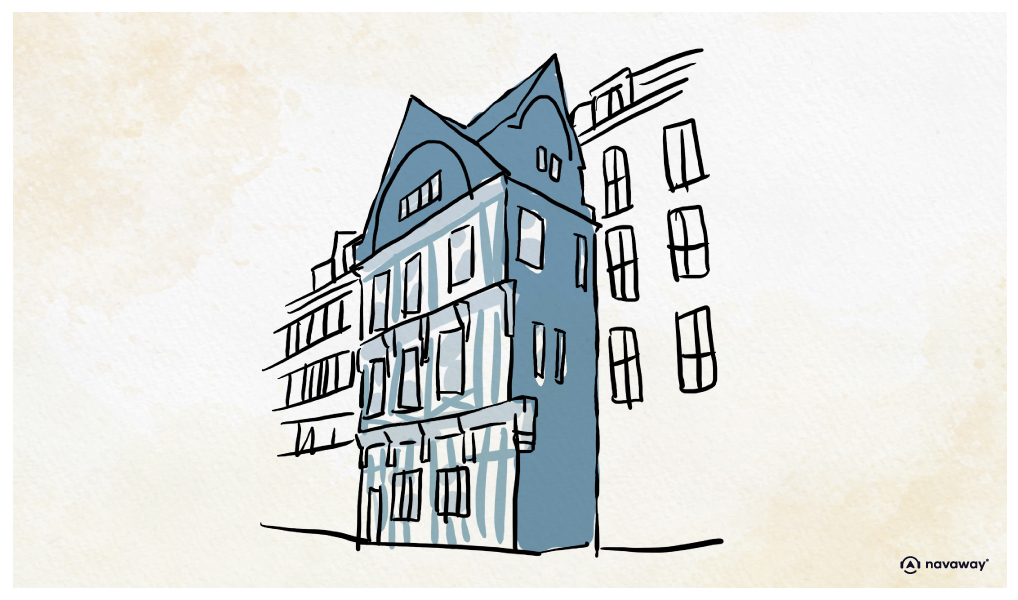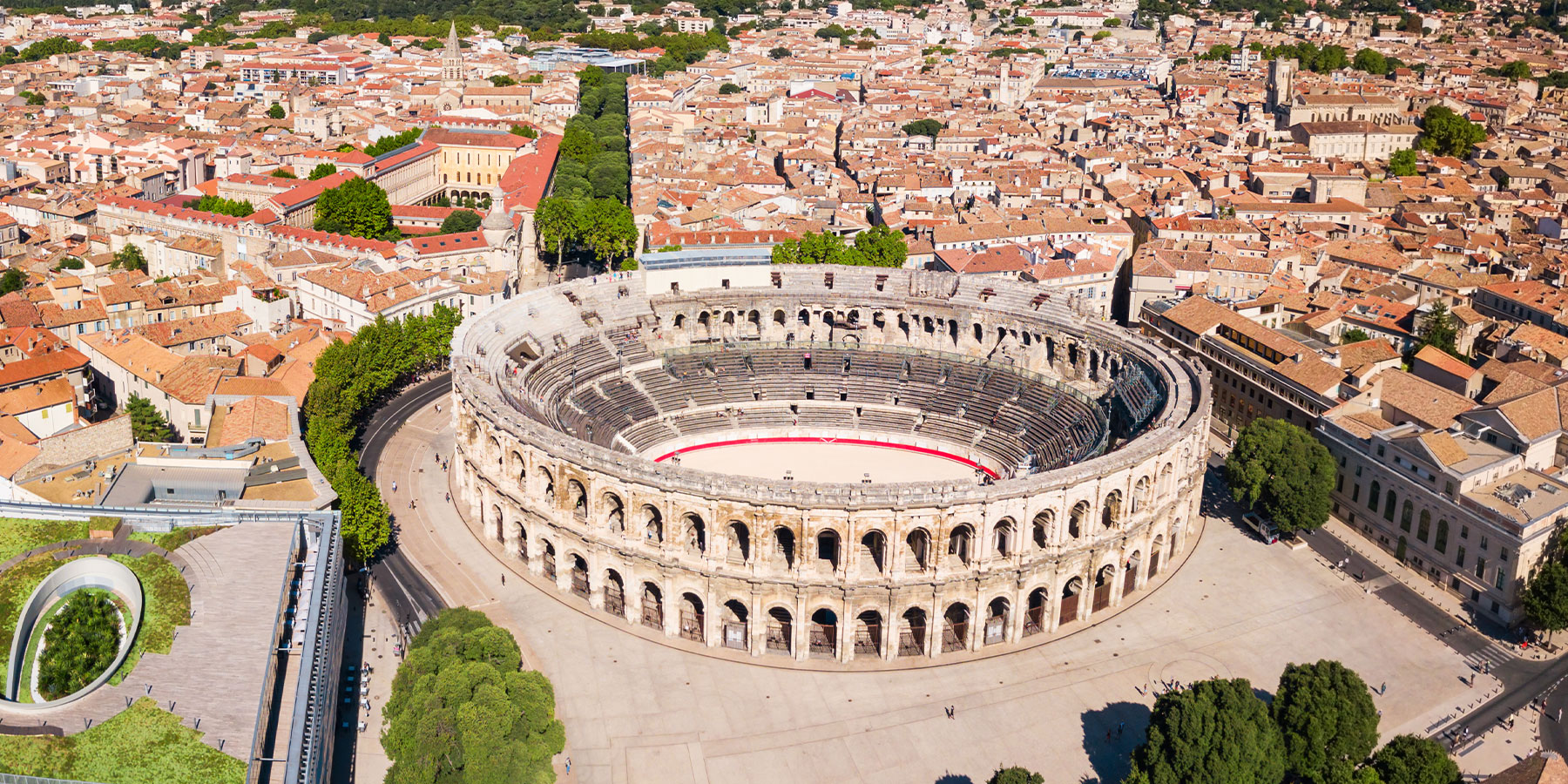
Apothecary’s House

This point of interest is available as audio on the tour: Visit Nantes, The City of the Dukes
As you arrive at Exchange Square, you can admire one of the few remaining vestiges of the Middle Ages in Nantes. Unlike other towns in Brittany, such as Rennes or Vannes, you will have noticed that the town has very few timber-framed houses. Many of them were destroyed in major disasters, such as the great fire of the Bouffay district in 1718, the explosion of a castle tower in 1800, and the heavy bombardments of the World War II. In fact, the lack of timber frames also stems from a deliberate choice made by the city in the 16th century. Indeed, faced with the increasing recurrence of fires devastating entire neighborhoods, this type of construction would eventually be banned, but it would take until the end of the 17th century for this to happen. Ahead of its time, Nantes opted for stone, firstly for safety reasons, but also to make its appearance brighter by getting rid of half-timbered houses. It is said that the mayor at the time told the people of Nantes to save wood for building ships that made the city so rich. Now you understand why the magnificent half-timbered house you see here is so rare. Often considered to be the most beautiful in town, it has been listed as a historic monument since 1922. Known as the “House of Apothecaries,” it actually never housed a pharmacy, at least not for the past six centuries, which is when the earliest traces of it can be found. Since 1426, the municipal archives have shown the presence of a painter, a notary, a priest, a lawyer of the Brittany parliament, then a haberdashery, before being occupied by the town’s tourist office, and today by a community café and the house of poetry. The name is more likely derived from the activities that took place on the square; as it hosted shops selling ingredients necessary for apothecaries to make their medicines. In the Middle Ages, this was also where money changers were based, hence the square’s current name. In those days, each region had its own currency, and it was essential to have exchange offices that could officially calculate the amount of gold, silver or tin in each coin, assess its value and exchange it for the corresponding currency needed for the transaction. This is how the name of a square and a house can tell us a lot about the history of a place. Now take the charming and lively Carmes street to our next place of interest.


Discover Nantes with app
An interactive guide through the most beautiful streets, squares, and districts
30 fun audioguides full of historical facts, anecdotes, and legends





Comments